Discuss: |
| | |
Helpful Links for Today's Class:
- History of U.S. Immigration Laws (Pew Research)
- Article: Migration: "How Many People are on the Move Around the World?" (The Guardian, 10SEP2018)
- Unit 2: Migration PPT (The primary slides used for today's class lecture)
- Fouberg CH 3: Migration KQ1 PPT
- Fouberg CH. 3 Migration KQ 2 PPT
- Fouberg CH. 3 Migration KQ3 PPT
- Fouberg CH. 3 Migration KQ4 PPT
HW: Study for formative MCQ
You will have a formative MCQ next class. No more than 25 questions.
Use the following MCQ Hints PPT to help you study (as well as any of the presentations posted above --and your study guide for Chapter 3 Fouberg/Rubenstein).
Use the following MCQ Hints PPT to help you study (as well as any of the presentations posted above --and your study guide for Chapter 3 Fouberg/Rubenstein).
0 Comments
Articles that may be helpful for today's Bellringer:
Please Read 1 U.S. article, 1 European article & the statistical figures for Africa
U.S.:
Figures of the Week: Internal Migration in Africa (Brookings Institute, 7JUN2018)
Please Read 1 U.S. article, 1 European article & the statistical figures for Africa
U.S.:
- Key Findings about U.S. Immigrants (Pew Research Center, 14SEP2018)
- U.S. Has Highest Share of Foreign-Born Since 1910, With More Coming From Asia (NYTimes, 13SEP2018)
- Frequently Requested Statistics on Immigrants and Immigration to the U.S. (Migration Policy Institute, 8FEB2018)
- A Surprising Finding About Refugees in Europe Amid a Political Reckoning (The Atlantic, 19SEP2018)
- A German Far-Right Group Aids Syrian Refugees - To Stop Them From Reaching Europe (NPR, 3SEP2018)
- Germany's Maas Offers Turkey Help with Syrian Refugees (ChannelNewsAsia, 6SEP2018)
- French Restaurants Look to Asylym Seekers to Fill Jobs (Reuters, 14SEP2018)
- Sweden Democrats: How a Nationalist Anti-Immigrant Party Took Root in a Liberal Nordic Haven (IndependentUK, 8SEP2018)
- This is Why Restricting Immigration to Skilled Workers Can't Work for Britain (OpEd, IndependentUK, 19SEP2018)
Figures of the Week: Internal Migration in Africa (Brookings Institute, 7JUN2018)
| | |
Helpful Links for Today's Class:
- History of U.S. Immigration Laws (Pew Research)
- Article: Migration: "How Many People are on the Move Around the World?" (The Guardian, 10SEP2018)
- Unit 2: Migration PPT (The primary slides used for today's class lecture)
- Fouberg CH 3: Migration KQ1 PPT
- Fouberg CH. 3 Migration KQ 2 PPT
- Fouberg CH. 3 Migration KQ3 PPT
- Fouberg CH. 3 Migration KQ4 PPT
HW: Study for formative FRQ on Migration
You will have a formative FRQ on migration. Study case immigration studies!!!
Here is the HINTS slides to help you prepare: Hopefully you also watched these videos for the previous homework...
Here is the HINTS slides to help you prepare: Hopefully you also watched these videos for the previous homework...
- Between Borders: American Migrant Crisis (New York Times Documentary)
- What is a Maquiladora? -- consider what implications there are on the creation of Maquiladoras
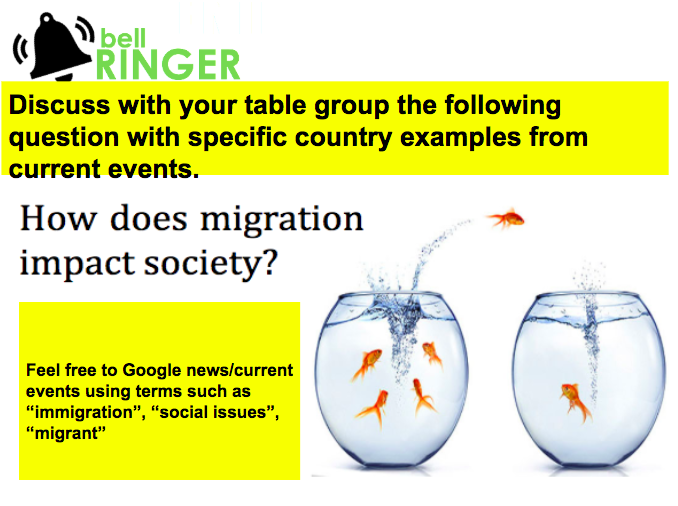
Today, we will take a look at some of the factors for migration and practice using the correct terminology to describe patterns that we see with migration flows and movement of people.
Helpful Resources:
Helpful Resources:
- Unit 2: Migration PPT
- Fouberg CH 3: Migration KQ1 PPT
- Fouberg CH. 3 Migration KQ 2 PPT
- Fouberg CH. 3 Migration KQ3 PPT
Practice using the correct terminology to describe what you see happening in the following maps below:
HW: Watch video & complete notes (& possibly finish reading fouberg CH. 3...)
Watch the following Annenberg Learner video: UPDATE-- the video link in the homework document in your APHG Drop folder doesn't work--the video series has been discontinued. Use the videos below instead:
If you want to get ahead and have time, finish reading Fouberg Chapter 3. The next couple of classes will move VERY FAST so if you have time to finish reading, it would be to your advantage to do so sooner rather than later.
- Between Borders: American Migrant Crisis (New York Times Documentary)
- What is a Maquiladora? -- consider what implications there are on the creation of Maquiladoras
- Take notes using the document dropped in your APHG Drop folder called "HW:Power of Place Video..."
- After the video, complete section 2 on the document answering statistical data questions.
If you want to get ahead and have time, finish reading Fouberg Chapter 3. The next couple of classes will move VERY FAST so if you have time to finish reading, it would be to your advantage to do so sooner rather than later.
After today's formative MCQ we are going to take a look at building the country profile for your 2 selected countries-- your MEDC country and LEDC country (yes, using the word "country" is redundant).
Use the following resources to help you gather background data on your 2 countries:
- Assigned Country Case Studies - Student list (a few of you still need to pick!!!)
Use the following resources to help you gather background data on your 2 countries:
| | |
HW: Read Fouberg CH.3 Migration -
Key Questions 1-3
| | |
Begin reading Fouberg, Chapter 3: Migration.
Read through the first three key questions:
1. What is migration?
2. Why do people migrate?
3. Where do people migrate?
Begin completing the study guide for Migration (this study guide is for use throughout the chapters on migration --both Fouberg and Rubenstein) Rubenstein's first 3 key issues are the same as Fouberg but in just a different order: 1. Where in the world...? 2. Where within a country...? Why...?
Answer what you can and what is relevant for these 2 key questions. It is a looong study guide so don't try to answer everything in 1 night. Because this is a longer study guide, I will provide this to you digitally this time. You will find a copy already dropped in your APHG Drop Folder. When you have completed it (or finished what you can by the end of the unit), you may want to print it out--or at least the most helpful sections for keeping in your binder.
Read through the first three key questions:
1. What is migration?
2. Why do people migrate?
3. Where do people migrate?
Begin completing the study guide for Migration (this study guide is for use throughout the chapters on migration --both Fouberg and Rubenstein) Rubenstein's first 3 key issues are the same as Fouberg but in just a different order: 1. Where in the world...? 2. Where within a country...? Why...?
Answer what you can and what is relevant for these 2 key questions. It is a looong study guide so don't try to answer everything in 1 night. Because this is a longer study guide, I will provide this to you digitally this time. You will find a copy already dropped in your APHG Drop Folder. When you have completed it (or finished what you can by the end of the unit), you may want to print it out--or at least the most helpful sections for keeping in your binder.
Some background information on the ETM: The Epidemiologic Transition: A Theory of the Epidemiology of Population Change And some background information on the Nutrition Transition courtesy of the University of North Carolina
Today's class will start with a formative FRQ on DTM and population pyramids. Afterwards we will go over the results of your previous FRQ on population distribution and policy. Then...we will go over Epidemiology and how this relates to Demographics --we will look at the ETM and DTM to analyze correlations between the two models.
IF you were absent today, be sure to watch the mini-lecture Youtube video on Epidemiological Transition Model (ETM) posted below.
We will also review vocabulary terms along the way...
Helpful Links for Today's Class:
IF you were absent today, be sure to watch the mini-lecture Youtube video on Epidemiological Transition Model (ETM) posted below.
We will also review vocabulary terms along the way...
Helpful Links for Today's Class:
- Presentation: Fouberg Key Issue 3-4
- Nation Master Dependency Ratio website
- Dependency ranking activity PPT
- Population - Country Demographic Data Tables - 2016 (PDF Demographic Data Tables, Population Reference Bureau)
- Diffusion: "We've been looking at the Spread of Global Pandemics All Wrong"
HW: Prep for Formative MCQ next class
Review vocabulary terms, population concepts, models and theories in preparation for a formative MCQ next class. Formative MCQ Hints
Population Flashcards:
Population Presentations:
Population Flashcards:
Population Presentations:
- World Population Distribution - Trends
- Population Growth
- Overpopulation/Underpopulation
- Malthus' views on population
- Population Density
- Population Dynamics - Concepts & Terms
| Links for the Bellringer:
| Helpful Resources for Class:
|
MEDC and LEDC -- How does economic development affect population?
Today you will be picking 2 countries to follow and study as a year-long case study. The criteria for picking 2 countries:
Your first task after picking your 2 countries is to compare population pyramids of the two countries. Populationpyramid.net
After that, begin looking at their economic develop. Find a country profile for both and either make notes or print out a country profile for both countries to add to your binder. You will study this country during each unit so that you have a more systemic understanding of the factors that shape the people, places and environment of this country.
Consider G-SPICE for each country:
G- Geography
S - Social/Society
P - Political
I - Intellectual/Innovation (also education)
C - Cultural
E - Economic
MEDC + LEDC country selections:
- One country must be an MEDC; the other country an LEDC
- You cannot pick the same country as someone else in class
- Ideally, you should consider 2 countries that are not in the same geographic region (or not in the same continent)
Your first task after picking your 2 countries is to compare population pyramids of the two countries. Populationpyramid.net
After that, begin looking at their economic develop. Find a country profile for both and either make notes or print out a country profile for both countries to add to your binder. You will study this country during each unit so that you have a more systemic understanding of the factors that shape the people, places and environment of this country.
Consider G-SPICE for each country:
G- Geography
S - Social/Society
P - Political
I - Intellectual/Innovation (also education)
C - Cultural
E - Economic
MEDC + LEDC country selections:
More Population Pyramid Practice...
HW: Study for DTM & Population pyramid FRQ
Prep for FRQ next class - Use the FRQ Study Guide + DTM Note-taking activity to help you prepare for the next formative FRQ on DTM and/or Population Pyramids.
Link to Article to use for FRQ Study Guide:
http://www.washingtonpost.com/blogs/the-fix/wp/2014/09/16/how-america-will-look-in-2060-in-1-amazing-gif
For the DTM Note-taking activity, watch the DTM video.
Link to Article to use for FRQ Study Guide:
http://www.washingtonpost.com/blogs/the-fix/wp/2014/09/16/how-america-will-look-in-2060-in-1-amazing-gif
For the DTM Note-taking activity, watch the DTM video.
| | You can relate this back to the “Little Emperor” (3:11) phenomena created in China. “China’s Precious Little Snowflakes”(3:51) These are short videos on the impact of the One Child Rule on future generations of children, their parents, etc. |
Today's activities and resources:
| |
HW: Prepare for formative FRQ Next class on population distribution & Population policies.
Watch these 2 videos... take notes for potential use as case studies for an frq
Videos: – The People Paradox Videos:
- World in the Balance - Paradox - Part 1: India (NOVA)
- World in the Balance - Paradox - Part 2: Japan (NOVA)–
- Make note of three ‘takeaways’ of population lessons learned from each video
- Prepare for FRQ on any of the population Key Questions
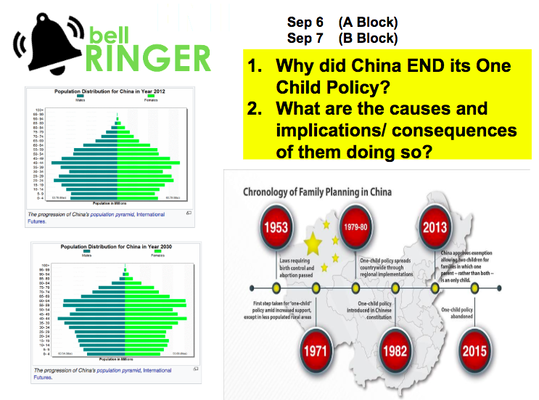
Helpful Resources to learn more about this:Extension...
What are the pros and cons of this anti-Natalist policy imposed by the Chinese government in 1979? Was it effective? How does this compare to India's restrictive policies?
What are the pros and cons of this anti-Natalist policy imposed by the Chinese government in 1979? Was it effective? How does this compare to India's restrictive policies?
Helpful resources for today's class:
| | Why do populations rise and fall in a particular place? What challenges does this present? How can we predict increases & decreases to population in a particular place? |
HW: Watch these videos & then study DTM in Rubenstein Textbook
- Watch this video on Arithmetic Growth and Doubling Time; Doubling Time Calculations; study DTM scenarios; focus on Key Questions 2,
- Look through Rubenstein CH. 2 at DTM (it has much more detail of DTM) and take notes.
Today we will go over the Unit 1 Summative FRQ results...
Consider how today's Bellringer above could be written in the format of an FRQ. What type of prompt might you be asked and what type of supporting information should you be able to respond with?
Consider how today's Bellringer above could be written in the format of an FRQ. What type of prompt might you be asked and what type of supporting information should you be able to respond with?
| | |
Helpful Resources for Today's Class:
Population Policies - Presentation
EXPANSIVE POPULATION POLICIES:
Case Study: Singapore's declining birth rates
Case Study: China
EUGENIC POPULATION POLICIES:
Population Policies - Presentation
EXPANSIVE POPULATION POLICIES:
Case Study: Singapore's declining birth rates
- Singapore population infographic (SG website)
- Singapore Policy Questions - Student Doc (answer questions using resources below):
- Population - Family Planning Singapore National (Google Slides)
- Singapore’s Pop Policy - Restrictive to Expansive - Background Reading Doc
- “Have Three Or More -- If You Can Afford It” - SG.GOV e-doc on gov website
- Why 80% of Singaporeans Live in Government-Built Flats” - The Economist
- Why I never want to have kids (BBC)
- South Korea’s Declining Birthrate (CBC News)
- Rise in Singletons in South Korea (Al Jazeera)
- South Korea is trying to Boost its Birth Rate. Its not working. (CityLab)
- Parenthood Policies in Europe (BBC News)
Case Study: China
- China's Twilight Years (Article, The Atlantic, June 2016)
- Ending China's Birth Limits Won't Bring a Baby Boom (Bloomberg, 2018)
- China’s 2-Child Policy is Having Unintended Consequences (Economist, 2018)
- China is Thinking of Scrapping Birth Limits... (Business Insider Singapore, 2018)
- India's Population Rise Puts it On Course for Rapid Growth (Article, The Independent, 2015)
- India's Population Policies, Including Female Sterilization, Beset by Problems (The Guardian, 2014)
- A Misguided Approach to India's Population Policy (New York Times, 2015)
- Population Policies of India (Government of India)
- Overpopulation in Bangladesh: A Time Bomb Ticking (Article, The Financial Express, 2013)
EUGENIC POPULATION POLICIES:
HW: Answer these population policy questions
HW: Finish reading Fouberg Chapter 2;
Answer 4 questions about Population Policies (hint: use any resource to help you answer these questions)
1. Why do women in Niger have a lot of kids?
2. What can countries do who want to limit a rapidly
expanding population?
3. Why do Singaporean women have so few kids?
4. What can countries do who want to halt a declining
population?
Answer 4 questions about Population Policies (hint: use any resource to help you answer these questions)
1. Why do women in Niger have a lot of kids?
2. What can countries do who want to limit a rapidly
expanding population?
3. Why do Singaporean women have so few kids?
4. What can countries do who want to halt a declining
population?
Note to Students:
Bookmark this page so that you can keep up with what is covered in class (esp. if you are absent).
Archives
May 2019
April 2019
March 2019
February 2019
January 2019
December 2018
November 2018
October 2018
September 2018
August 2018

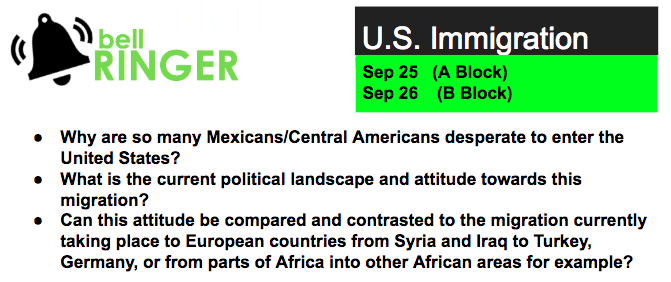
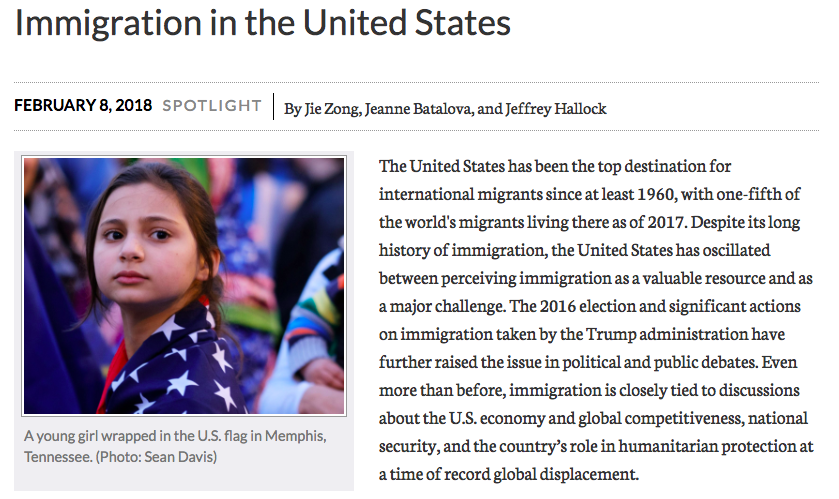
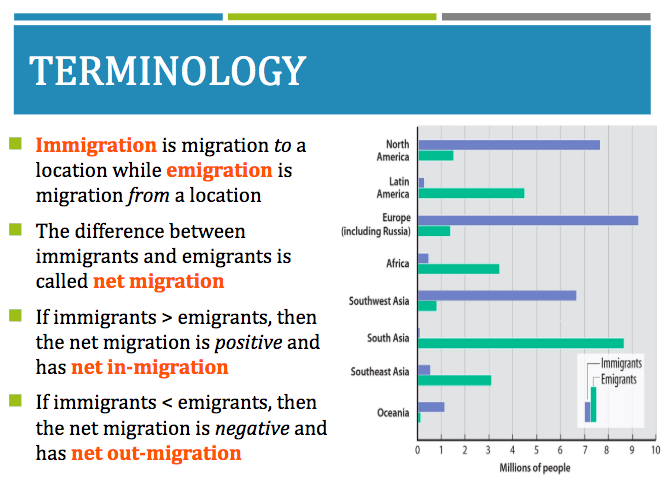

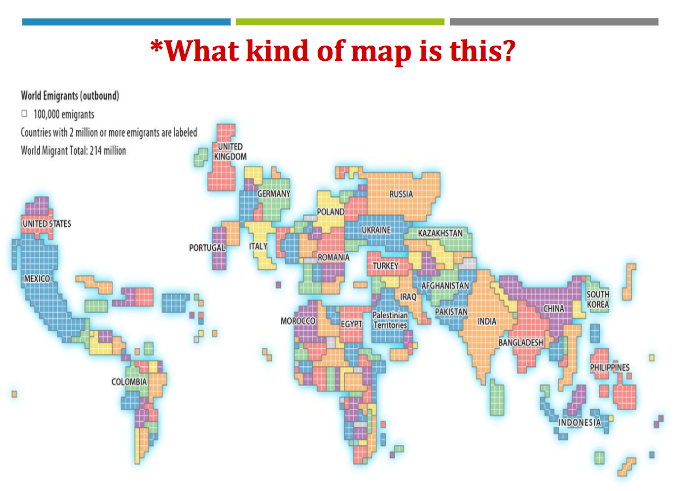
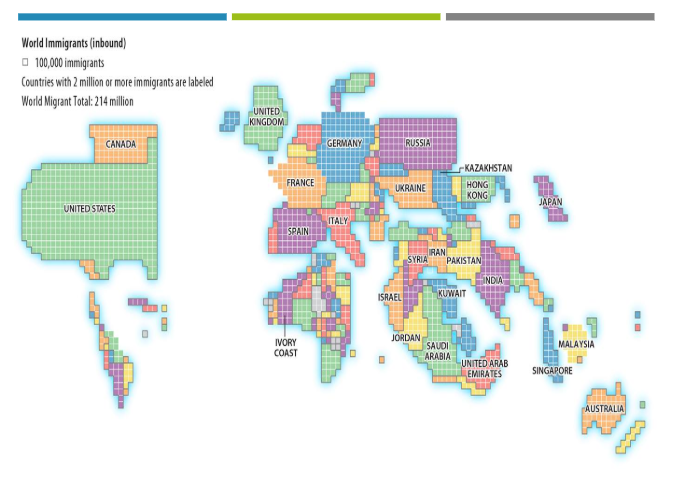
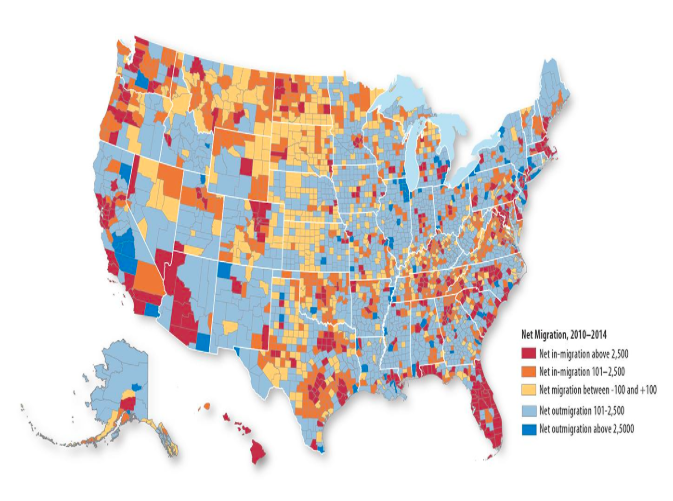
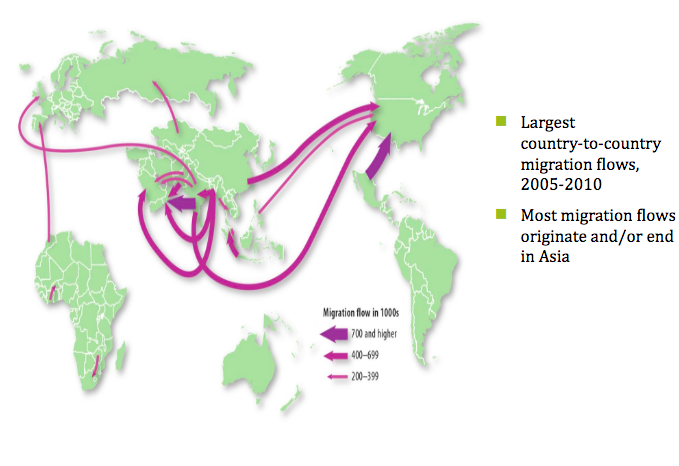
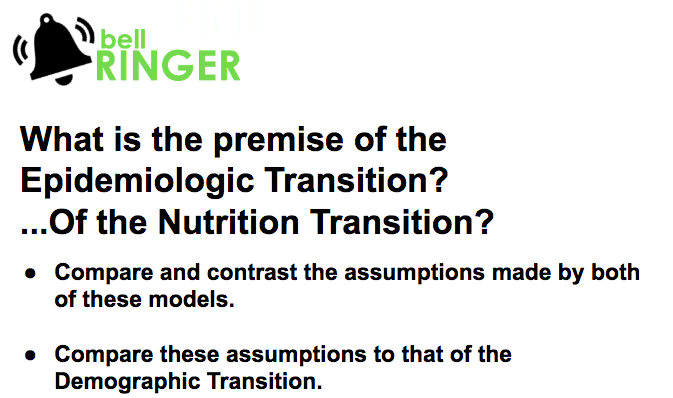
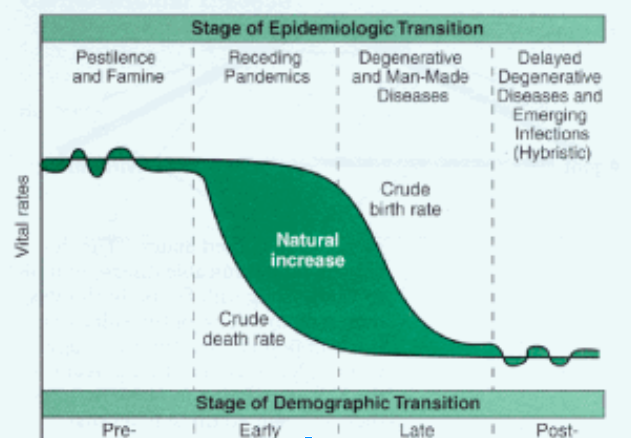
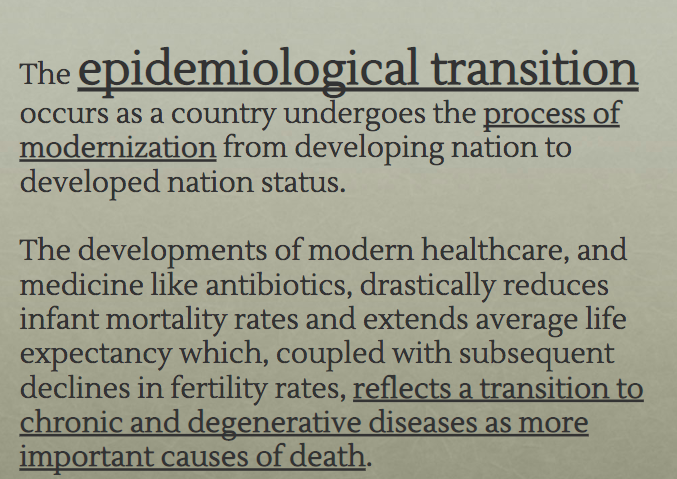
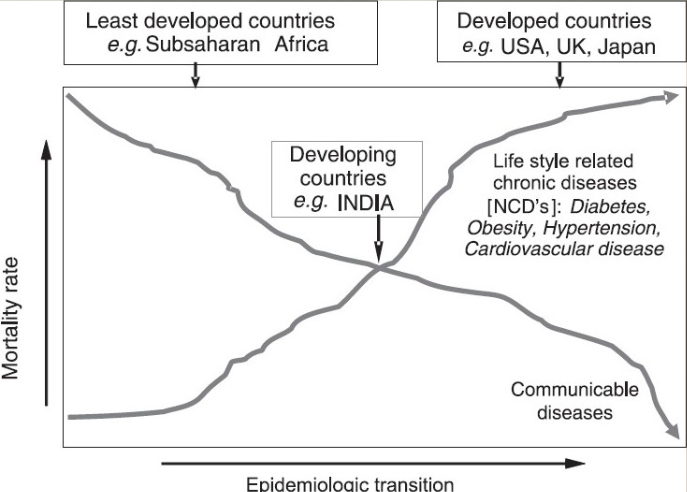
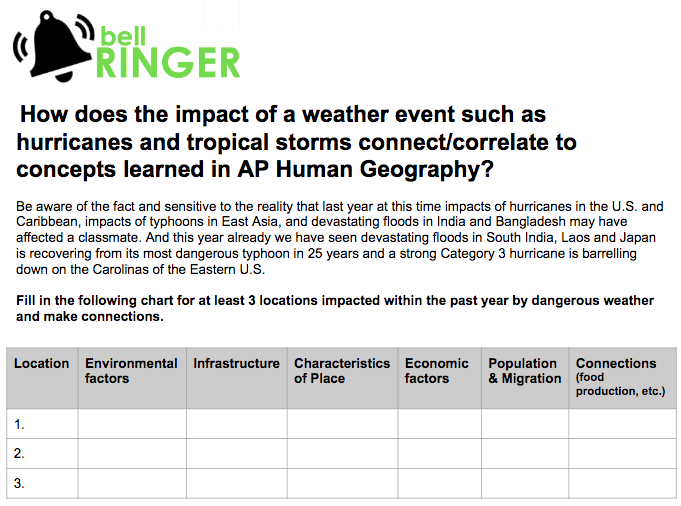
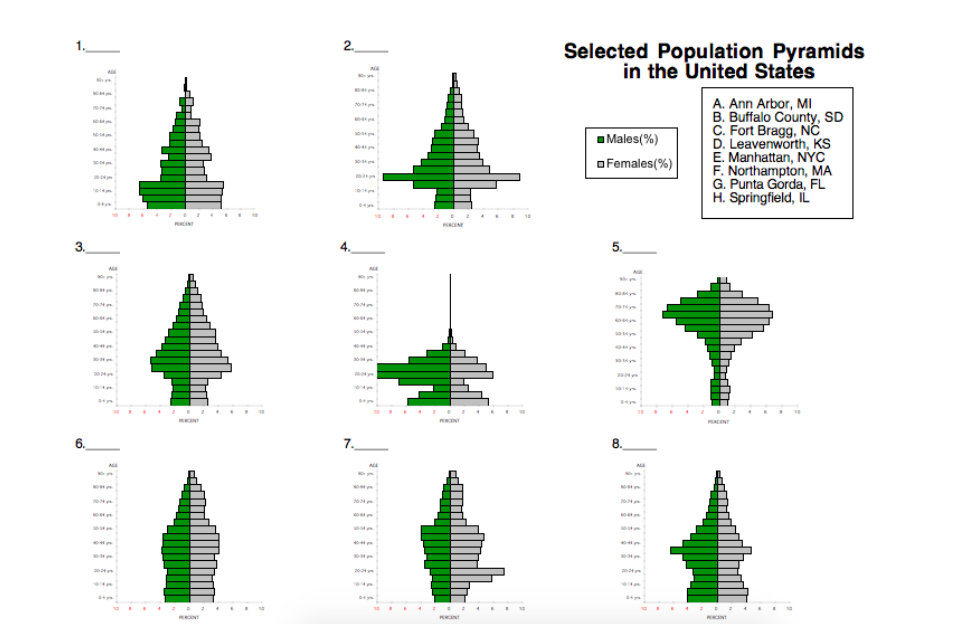
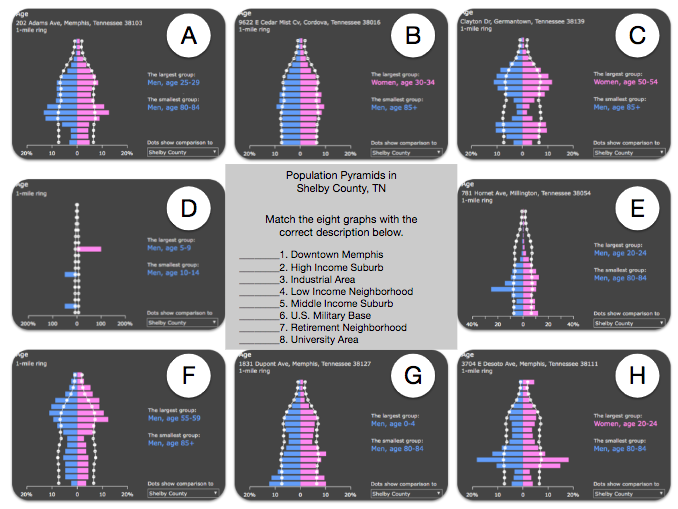

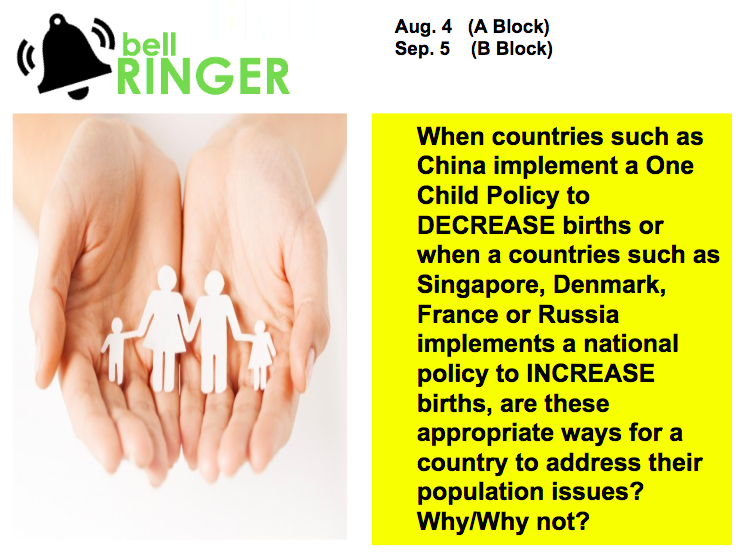
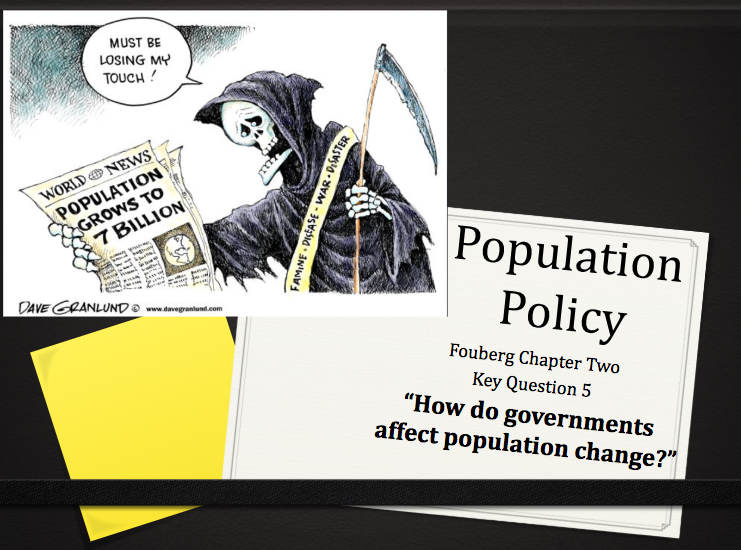
 RSS Feed
RSS Feed